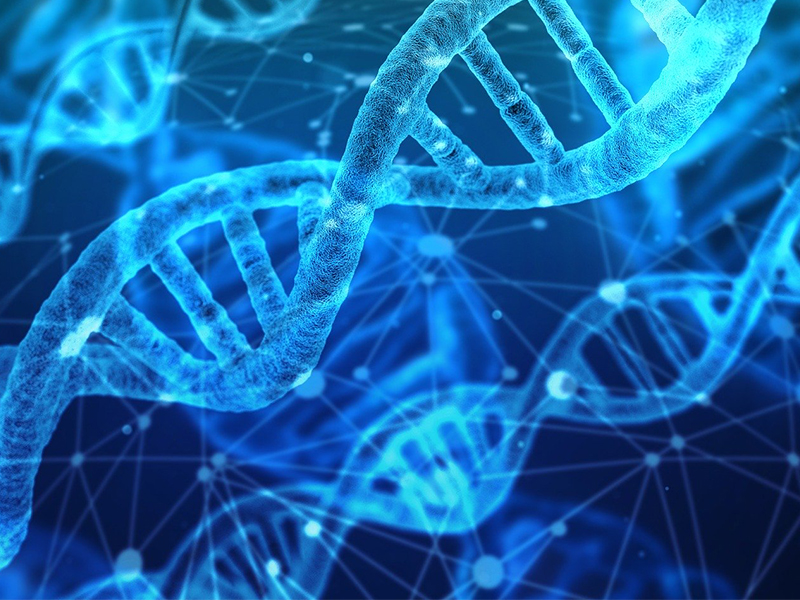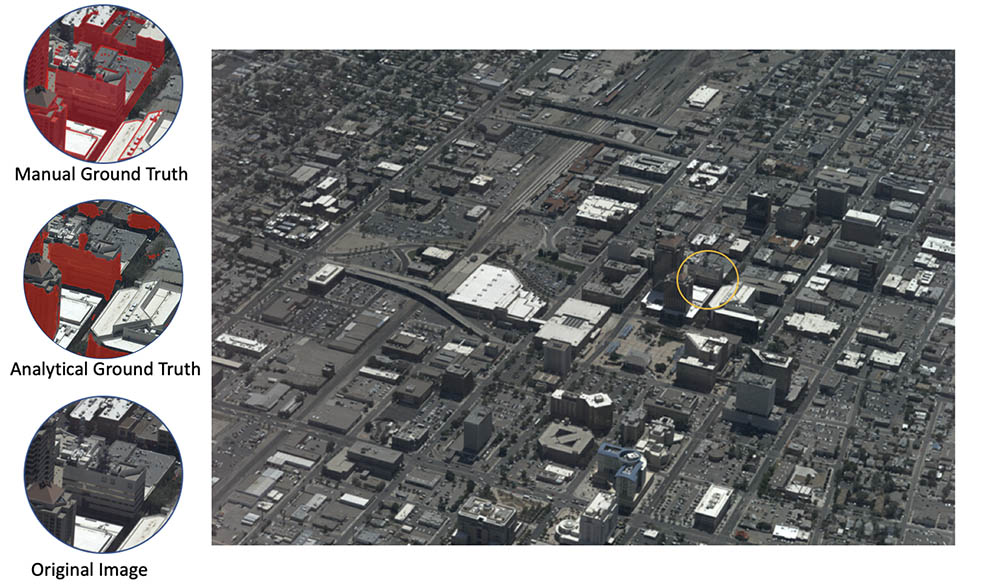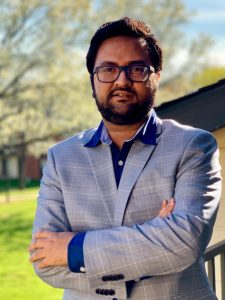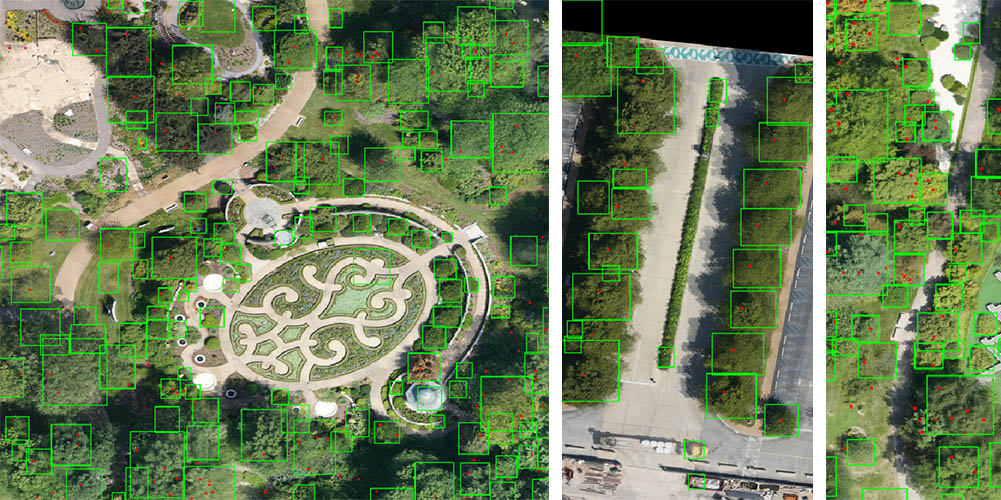
Robots, plastics and cows: Top 10 research stories of 2021
The top 10 stories of 2021 included robots, plastics and cows.

Guidoboni shares intersections of engineering, precision health
Associate Dean for Research Giovanna Guidoboni urged faculty across campus to partner with Mizzou Engineering as they seek to revolutionize health care.

A faster ‘code breaker’ to analyze human DNA
Mizzou researchers are developing a free, online resource that could help scientists accelerate their discoveries for various human diseases.

Undergraduates present brain research at Neuroscience 2021
Mizzou Engineering students joined neuroscientists from around the world last month to exchange ideas and new discoveries about the human brain.

Approximate computing remains vulnerable to attacks; Mizzou Engineers to present findings at IEEE DATE conference
Companies relying on faster, less precise computing to gain energy efficiency still need to be cautious against cyberattacks, Mizzou Engineers have found.

Team designs model to automatically detect shadows in aerial images
A Mizzou Engineering team has designed a physics-based model to automatically detect shadows in large-scale aerial images.

Computer science students receive UPE Scholarships
Two students from the Department of Electrical Engineering and Computer Science were awarded scholarships from Upsilon Pi Epsilon.

Mizzou Engineering hosts 14th CANSec Workshop
Cybersecurity experts from across the region convened at the 14th Central Area Networking and Security Workshop (CANSec) hosted by Mizzou Engineering.

Team develops method to automatically detect, identify trees
Mizzou Engineering students are developing innovative methods and software to automatically detect and identify tree species

Team develops new method to detect cardiovascular dysfunctions
A Mizzou research team has developed a way to better identify cardiovascular dysfunctions through non-invasive sensors that translate signals from the body into information physicians can use to inform treatment decisions.